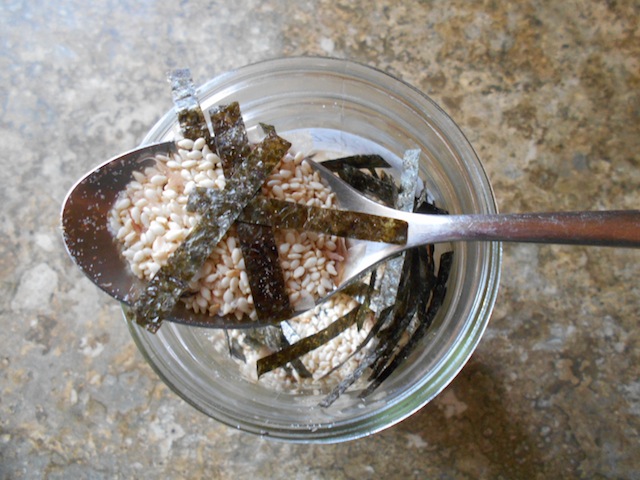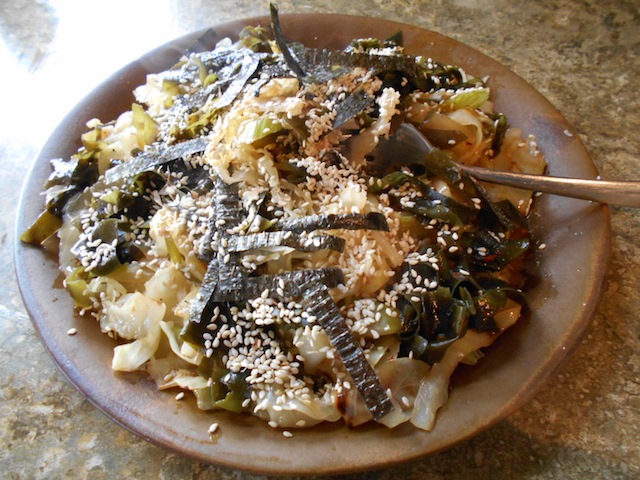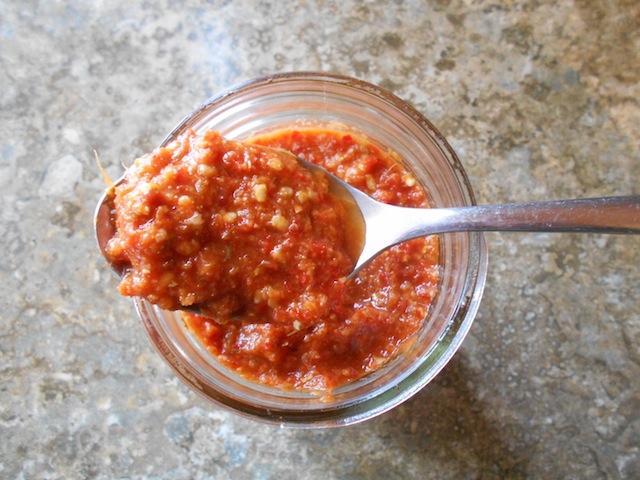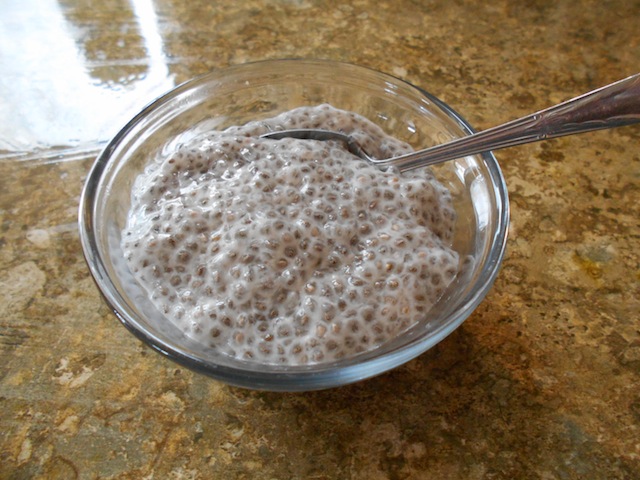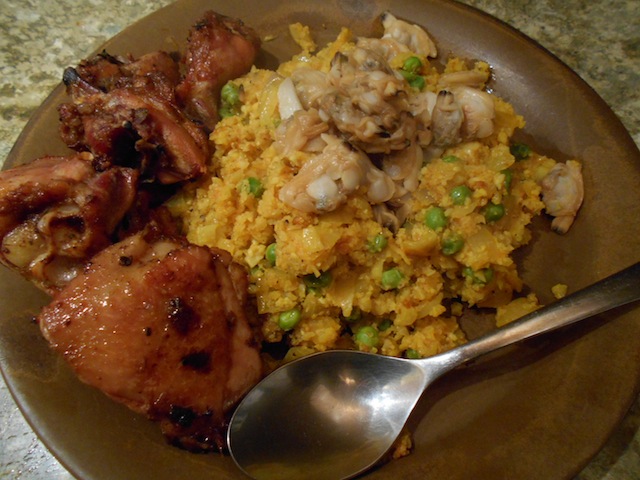
Seaweed Salad is easy to make and is great as a topping or in hot and cold salads. Homemade Seaweed Salad will not have the bright green color of commercial products due to not having artificial coloring.
This recipe is NOT safe for someone on the Specific Carbohydrate Diet or GAPS.
Seaweed Salad
1c dried wakame seaweed, sliced or chopped
1c filtered water
2T Homemade Sambal Oelek in Sesame Seed Oil
1T organic barley miso
1T local honey
1T organic traditionally fermented tamari
2T organic cider vinegar
1T organic toasted sesame seed oil
1T toasted sesame seeds or Homemade Furikake
In a bowl, soak the wakame seaweed in filtered water for 2-5 minutes. Less soaking time will leave the seaweed with more texture. In another bowl, mix the Homemade Sambal Oelek Sesame Seed Oil with the miso and honey until smooth. Then add the tamari, cider vinegar and toasted sesame seed oil. Remove the soaking water from the seaweed and add the seaweed to the sauce and mix well again. Top with the sesame seeds from the Homemade Furikake. Reserve the seaweed soaking water for making broth or sprinkle on house plants or in the indoor growing unit.
All seaweeds are high in polysaccharides which are not well tolerated by people on the SCD or GAPS. Miso and tamari are also restricted on the diet because both are made from soy or grains. If you have been on the SCD or GAPS for some time and all your symptoms have resolved you might like to experiment with different seaweeds, miso and tamari and see if you can tolerate them. Try each food one at a time for tolerance, not together in one recipe like this. Also, avoid all commercially prepared Seaweed Salads which have a bright green color from artificial coloring and additives. Homemade Seaweed Salad will have a dark green color but none of these dangerous additives.
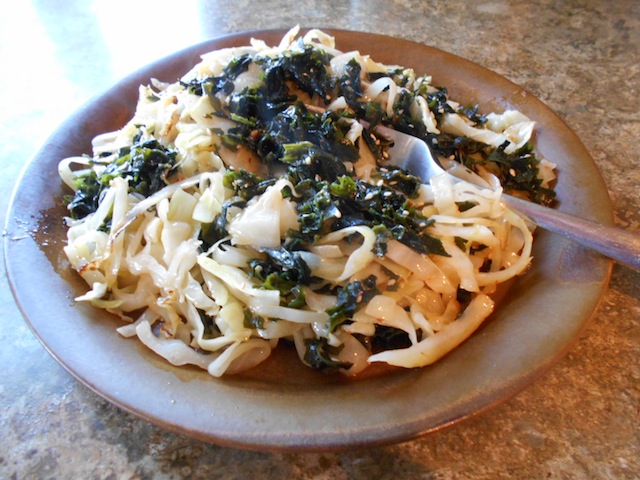
In the winter, Seaweed Salad is a good way to spice up cabbage cooked in butter. Add some Sambal to the cabbage for extra zing.
Hot Alternations: In the winter, Seaweed Salad can be eaten hot with cooked cabbage or other vegetables or used as a topping for meat or fish.
Cold Alternations: Seaweed Salad can be eaten by itself or with finely chopped lettuce or microgreens.
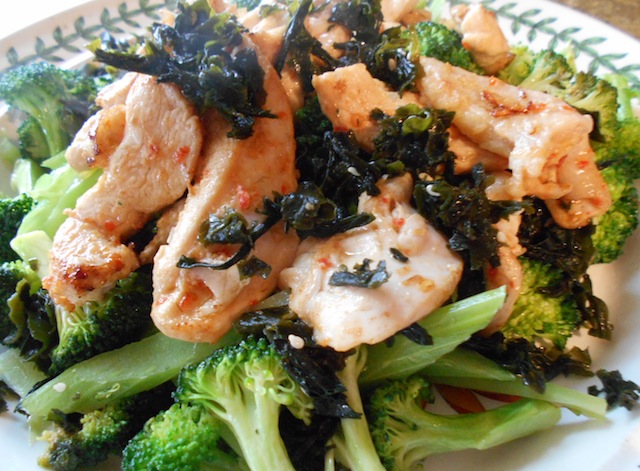
Seaweed Salad is great on stir-fried vegetables or as a topping for chicken. Try some Homemade Sambal in your next stir-fry.
Here is a local source for seaweed and bonito flakes:
Cheng Kwong Grocery
Jenny Lu
864B 8th Street, Kamloops, BC V2B 2X3
250.554.2272

